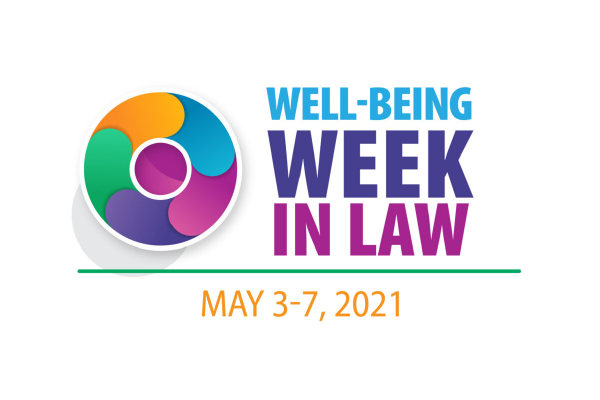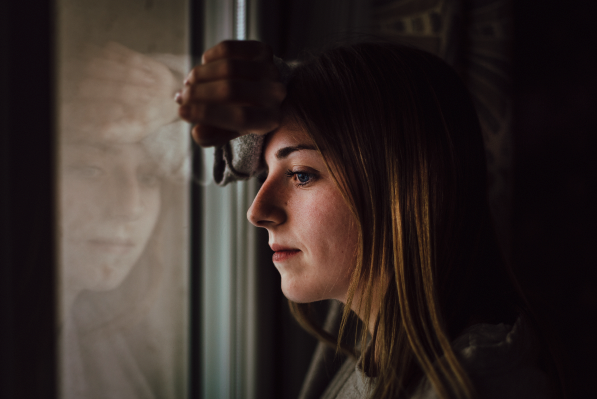A publication from the Journal of Legal Education forthcoming this summer will feature an article titled Where Are We on the Path to Law Student Well-Being? Report on the ABA CoLAP Law Student Assistance Committee Law School Wellness Survey, by Jordana Alter Confino at Columbia Law School.
The ABA Journal discusses the report in an article titled, “Are law schools doing enough to help with student stress?” — while also looking at Kaplan Bar Review’s survey on whether law students thought their schools did enough to help with academic stress.
You can read the full article online now on SSRN’s eLibrary here. The abstract follows (with line breaks added):
This Article reports the results of the Law School Wellness Survey, which representatives from 103 law schools completed in spring 2018. In 2017, the National Task Force on Lawyer Well-Being issued a groundbreaking report pronouncing a call to action for the legal community and proposing a slate of recommendations for various stakeholders. The recommendations included nine proposed strategies for law schools to implement in order to counter the harmful aspects of legal education and better support law student well-being.
Inspired by the Task Force report, the ABA CoLAP Law School Assistance Committee surveyed law schools nationwide to assess the landscape of well-being initiatives currently underway across the country and evaluate the extent to which law schools are heeding the Task Force’s recommendations. Taken as a whole, the results of the CoLAP Survey are confidence inspiring.
Many law schools have made great strides in areas such as orientation programming, mindfulness and physical fitness offerings, and collaboration with Lawyer Assistance Programs. Moreover, a handful of schools have emerged as trailblazers in this arena, developing innovative courses and programs designed to promote holistic well-being, and devising creative strategies for engaging all members of the law school community in these endeavors.
Nevertheless, shifting the culture around law student well-being is a formidable undertaking, and some law schools still have considerable work to do. To support such efforts, this Article draws on the CoLAP Survey data to highlight best practices as well as areas for improvement, and recommends a number of actions that members of the legal education community can take to move the ball forward.
The Appendix to this Article contains a compendium of resources cited in the survey responses, which may serve as a roadmap or toolkit for students, faculty, and administrators who seek to further develop the well-being offerings at their law schools.




